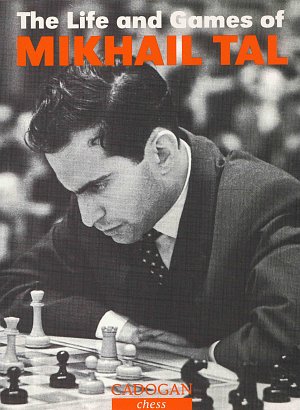When asked about the "sanctions" against him, Bobby heroically pulled out a letter from the U.S. Treasury, warning him that if he went through with the match, he would be violating UN sanctions and subject to fine and imprisonment. Bobby met this challenge by heroically spitting on the Treasury letter, and declaring that he doesn't recognize the sovereignty of the United Nations in fact, that the world would be a lot better without the UN.
On the other hand, Rothbard is too quick to dismiss charges against him at times.
Two: Bobby makes excessive, trivial, and loony demands of tournament directors. And yet, virtually all of these supposedly wacko demands have now been adopted, and chess experts have begun to see their merits. For example: It was Bobby's correct charges of Soviet conspiracy that forced the international chess authorities to change the way they pick championship contenders, turning from tournaments (where deliberate draws can be concocted) to one-on-one matches, where such conspiracies cannot take place. Bobby has also pioneered in changing tournament time clocks, to guard against being rushed to beat the time clock. This innovation showed a principled regard for the good of the game, since one of Bobby's attributes as a chess player is that he himself was virtually never in time trouble.
So, Fischer isn't always wrong but his demands on tournament directors, not to mention other players, have reached ridiculous heights at times. For proof, a great book to turn too is Bobby Fischer Goes to War: How the Soviets Lost the Most Extraordinary Chess Match of All Time that deserves quoting here:
Just before midnight on 9 May, the thirty-three-old Benko came looking for Bisguier in Fischer's room; he needed some help in analyzing his adjourned game with Petrosian. Fischer and Benko started scrapping- What Bisguier calls "fisticuffs". The following day, Fischer wrote to the tournament organizing committee, saying Benko should be fined and/or expelled from the tournament. It was a letter they chose to ignore.
Pg.14
This passage is included in a paragraph documenting Fischer's desire to have Bisguier only assist him.
